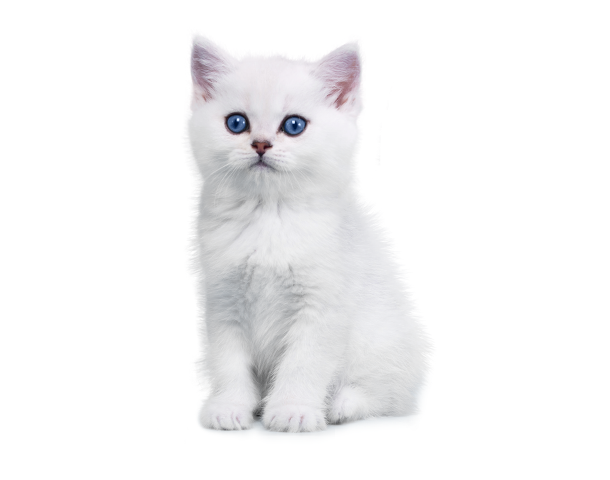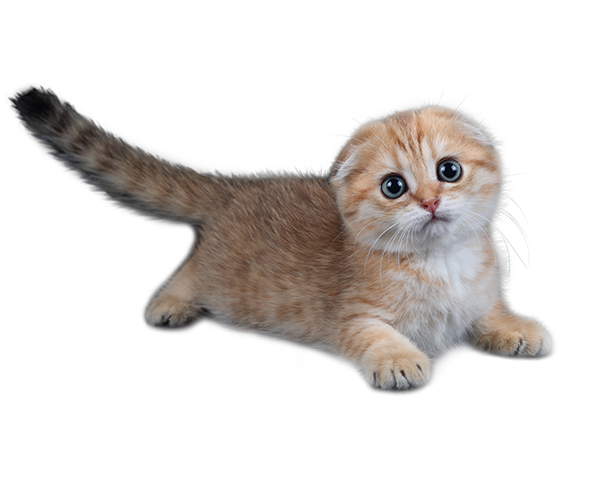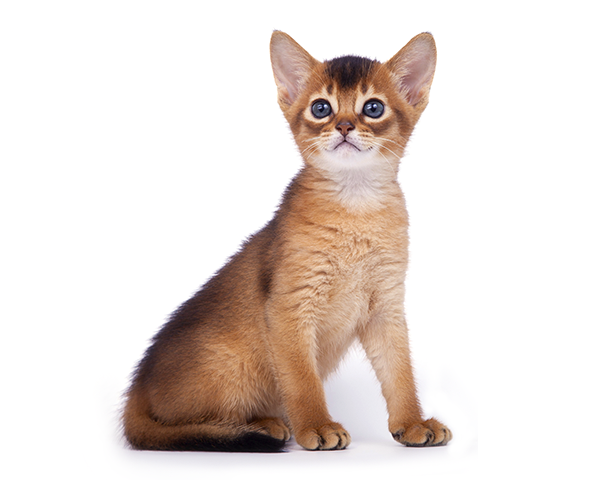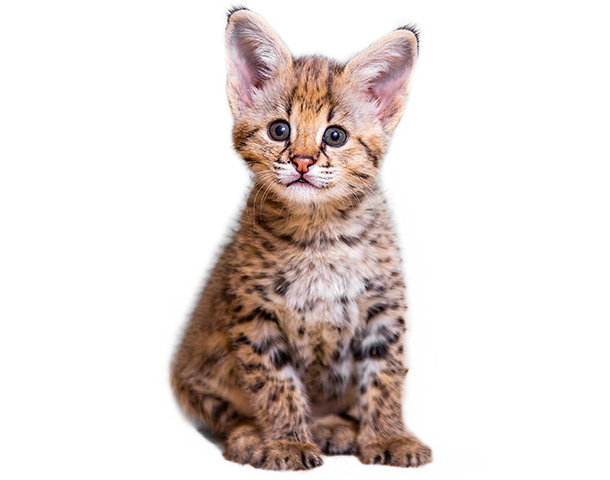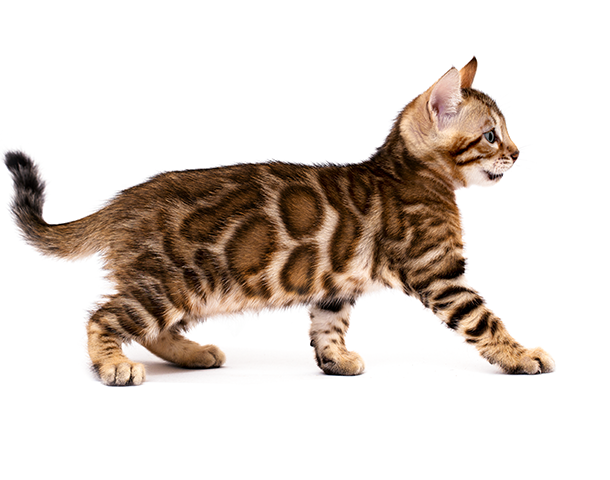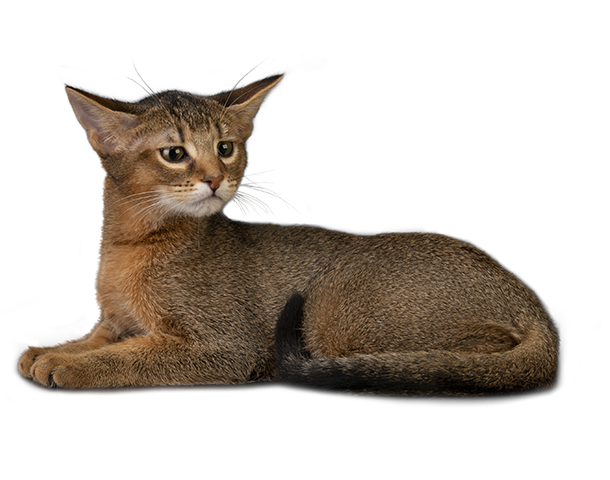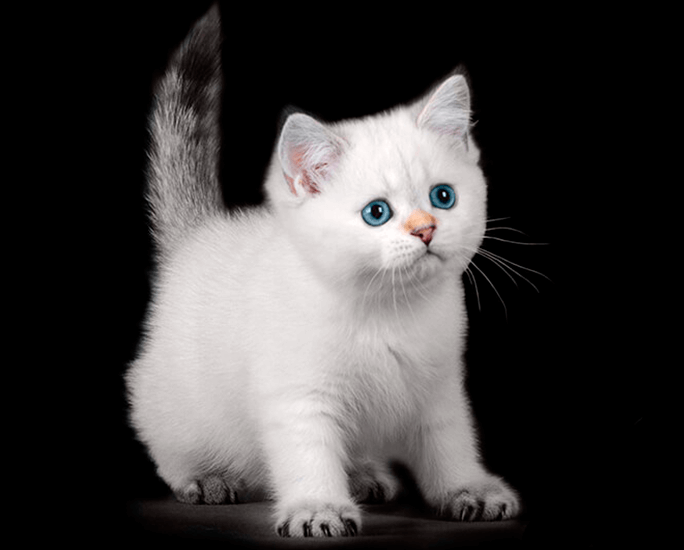History of the Abyssinian Cat Breed
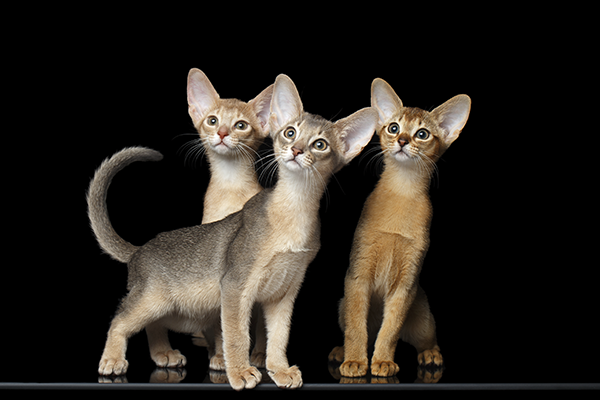
There are several versions of the origin of the Abyssinian breed. All of them are plausible to a certain extent, but at the same time they contain very controversial points. So, choose which one you like. The name of the Abyssinian breed comes from the ancient name of the country in the eastern part of Africa – Abyssinia (now Ethiopia). Therefore, the first version is «Abyssinian».
Version 1. Abyssinian
The progenitor of the Abyssinian cats was the Zula cat, brought to England from Ethiopia, then called Abyssinia. The cat was taken out by Captain Barret-Lenard in 1868, at the end of the Anglo-Abyssinian War. However, there is no information documenting that kittens were obtained from this cat, which were later used for breeding. So, most likely, we owe Zula only the name of the breed. A color lithograph of the Zula cat was published in Gordon Stables «Cats: Their Characteristics and Classification», 1874.
Version 2. Egyptian
The Egyptian version proceeds from the fact that the Abyssinian cat is very similar to the Egyptian images of sacred cats and cat mummies preserved in large numbers. Therefore, it was believed that the birthplace of these cats is not Ethiopia, but another African country, Egypt. As you know, the cat in ancient Egypt had a special status. They were revered as sacred animals. They were kept in temples, thus being companions of the Egyptian gods. Cats were considered animals of the goddess Bast, also known as Bastet, whose cult centered in Bubastis, a city in Lower Egypt. It was believed that Bast comes to earth in the form of a cat. Bast was often depicted as a woman with a cat’s head and a basket of kittens in her left hand.
The temple of the goddess Bastet in Bubastis became a place of pilgrimage. Egyptians from all over the kingdom made gifts of devotion to the goddess in the form of small cat figurines made of ceramics and bronze. During excavations, images of a cat were found on numerous vases, jewelry and dishes.
The Greek historian Herodotus, who visited Bubastis in the 5th century B.C. e., writes that cats in Egypt were buried with honors, embalmed and mummified. In 1860, in Egypt, not far from the city of Beni Hassan, a cat cemetery was discovered, where 180,000 cats were buried. The cat mummies are well preserved. Before burial, the animals were embalmed, wrapped in linen bandages, dried and painted. Some cats were buried in sarcophagi. Cat sarcophagi were richly decorated and placed in them with toys and food (such as mummified mice) for a long journey to the afterlife. In ancient Egypt, eyebrows were shaved as a sign of mourning for a dead cat. For the deliberate murder of a cat, the offender was threatened with death. Some scientists believe that the cat gained such a high status in Egypt due to its ability to protect grain from rodents.
The Roman conquest of Egypt led to the spread of cats as pets throughout Europe.
The Egyptian version of the origin of the Abyssinian breed became especially popular in England at the end of the 19th century, because. at that time, English archaeologists were actively excavating in Egypt, and these excavations received a wide public outcry.
In 1951, 192 cat mummies were unexpectedly discovered in the British Museum. They were packed in baskets and kept in one of the museum’s vaults since 1907. The baskets were lost in the museum storerooms and were not inventoried. All cats were mummified between about 600 and 200 AD. BC e. They say that with the exception of three cats, they all, like two drops of water, resemble the modern Abyssinian cat.
The vulnerability of the Egyptian version is that the ancient Egyptian images of cats are stylized and very conditional. It is difficult to say to what extent they reflect nature, and what was introduced by the artistic tradition. It can only be stated with certainty that ancient Egyptian statues and drawings depict elegant short-haired cats. However, it is impossible to establish from them whether domestic cats of the Abyssinian color were found in ancient Egypt. But there is evidence that cats of the usual spotted-striped color (spotted and brindle tabby) were present in Egypt.
Most likely, domesticated Egyptian cats originated from wild cat species that inhabited Africa. The subspecies Felis silvestris libyca has the greatest resemblance to the domestic cat.
Version 3. Wild African
I. Felis silvestris libyca
Some researchers argue that the cat brought to England and exhibited under the name Abyssinian was not a domestic, but a tamed wild cat. It is most likely that she belonged to the subspecies Felis silvestris libyca, which has an undoubted external resemblance to the Abyssinian cat. Other names for this cat: North African, yellow, buckskin, steppe, Libyan. The steppe cat lives in the steppe regions of Africa and the Middle East. It is believed that prairie cats were first domesticated about 10,000 years ago in the Middle East and became the ancestors of the domestic cat.
The main color of this species is brown with dark stripes and spots. Several color variations are known without stripes and spots or with mild spots. In dry semi-desert areas – the color is dun buckskin color, yellow with black stripes on the tail, and in more humid areas, near ponds with shrubs, the color is gray-sand with transverse stripes and spots all over the body. In size, the steppe cat is no larger than a domestic cat – its weight is from 3 to 6.5 kg. These wild cats are easily tamed.
II. Felis chaus (Jungle Cat)
In North Africa, there are other types of wild cats similar to the Abyssinian breed, for example, the Jungle Cat or the swamp lynx Felis chaus (Jungle Cat). The reed cat is larger than domestic cats: it reaches a length of 73-75 cm; weight is from 4 to 16 kg. The body of the Jungle Cat is relatively short, the legs are high, the tail is not long, and there are small tassels on the ears. Jungle Cat kittens are spotted, often this «shadow» pattern can be seen in adult animals. Jungle Cats are fairly easy to tame compared to other types of wild cats. Mummies of these cats have been found in the tombs of Egyptian pharaohs. Unlike most wild cats, Jungle Cats are diurnal: they sleep at night and hunt during the day. Another feature of Jungle Cats is that they are quite talkative. In Russia, Jungle Cats can be found on the western coast of the Caspian Sea. Felis chaus subspecies are found in the Middle East, Southeast Asia, and India.
Version 4. East Asian
The vulnerability of previous versions is that in North Africa, the Abyssinian tabby color does not occur in domestic cat populations. On the contrary, this color is common in the populations of Singapore and Southeast Asia.
Therefore, it was hypothesized that the ancestor of the breed was taken not from Africa, but from Southeast Asia or Afghanistan. In the second half of the 19th century, England waged many colonial wars, retired soldiers returned from all over the world. In this case, it turns out that the breed got its name simply by mistake.
This version is supported by the following fact: in 1834-1836 for an exhibition at the Leiden Zoological Museum in Holland, a stuffed cat of a wild color was purchased. The inscription under the stuffed cat read: “Patri, a domestic cat from India.”. England in the 19th century was actively trading with its colonies, including India. It can be assumed that this cat came to Europe from there.
Version 5. English
And, finally, many researchers expressed the point of view that the breed was bred by English breeders on the basis of aboriginal cats. The color of the Abyssinian tabby is not found among the native cats of England, but spontaneous mutations are possible: sometimes (very rarely) kittens are born in ordinary tabby cats with practically no stripes on the body.
Perhaps breeders crossed local cats with some imported cats, in particular, with cats imported from the East. Whether such crossings were carried out in the 1880s-1900s is not known for certain.
Facts
In addition to these versions, there are strictly documented facts.
The first cat named Abyssinian was brought to England in 1868, and in 1871 she was exhibited under the name Zula in London’s Crystal Palace. The first media mention of an Abyssinian cat was in January 1872: an article in the Harper’s Weekly newspaper talked about a December exhibition at Crystal Palace and mentioned an Abyssinian cat that took third place. In 1874, Gordon Stables described the new breed in detail in his book «Cats: Their Features and Classification».
In 1882 the breed was officially recognized in England. In subsequent years, its qualities were consolidated and improved by crossing with the British Shorthair cat. Harrison Weir published the first breed standard in 1889 in his book «All About Cats». He described the Abyssinian color as follows: a rich brown with black ticking, reminiscent of the color of wild rabbits, only less greyish. At that time, the Abyssinian color was called that – rabbit. Weir wrote that these cats were taken from Abyssinia and they are relatives of the sacred Egyptian cats.
In 1896, Abyssinian cats were first registered in the stud book of the National Cat Club (National Cat Club) of Great Britain – the Sedgemere Bottle cat, born in 1892, and the Sedgemere Peaty cat, born in 1894. In 1900-1905. 12 more Abyssinians were registered in the stud book, half of which had parents listed as unknown.
At that time, Abyssinian cats had a wide variety of colors. There is an opinion that the first Abyssinian cats were silver in color with the remains of a pattern in the form of stripes. Some of the first recorded Abyssinians were named (Aluminum), Quicksilver (Mercury), Silver Memelik (Silver Memelik), Silver Fairy (Silver Fairy) and Salt (Salt) – hardly a reddish-brown «wild» Abyssinian would be called by that name. In the book of the spouses Sidney and Helen Denham «Child of the Gods» (1951), it was indicated that the silver-colored cat Fancy Free won the Abyssinian breed championship held at Westminster in 1909. Fancy Free and Aluminum produced a wonderful male Aluminum II.
In 1907, the first two Abyssinian cats were exported to America – it was a silver-colored cat Aluminum II and a Salt cat. By the 1920s, silver colors had almost disappeared in England. In America, the silver color did not become widespread and was not recognized by felinological organizations. Breeding silver Abyssinians in England resumed only in the 1960s. In the United States, the development of the breed came to a head at the end of the first decade of the 20th century, and in 1917 it was recognized by the CFA. Abyssinian cats arrived in France in 1927. In the 1930s, the breed became widespread in continental Europe.
During the Second World War, the breed almost completely disappeared in Europe – only a couple of dozen cats survived. After the war, the breed was recreated thanks to the import of cats from America. In the 1970s, many Abyssinian lines in England died out due to an epidemic of feline leukemia virus. Abyssinians are no more prone to this disease than cats of other breeds. But the Abyssinian breed is small, there were few good males, and they often mated, which contributed to the widespread infection. By 1978, only about a dozen manufacturers remained in England.
Over the past hundred years, the breed has somewhat changed its appearance: the cats have become a little smaller and more elegant, the skeleton has become lighter, the ears are larger. New color variations have been added, and the wild color has become noticeably “warmer”. In 1963, a new color was recognized – it was originally called red (red), but in 1979 it was renamed sorrel: it became clear that the gene responsible for this color is the cinnamon color gene, which is also found in other breeds. It has nothing to do with the sex-linked red gene. The blue color was recognized in 1984, the fawn color in 1995 as experimental and in 2000 as a full-fledged one.
In the US, Abyssinian cats are among the five most popular breeds.

